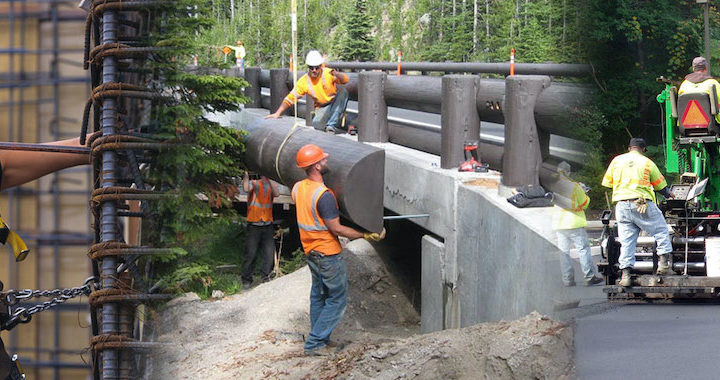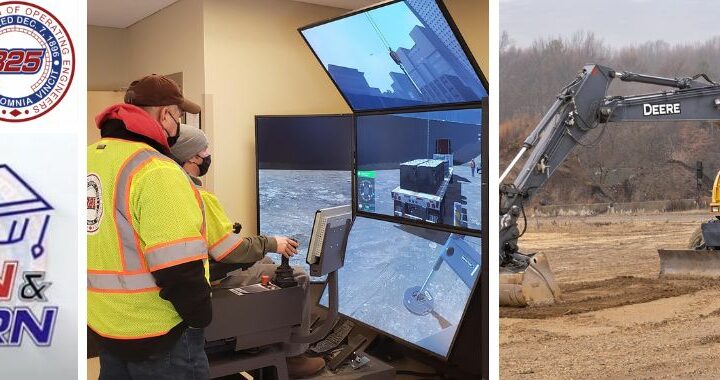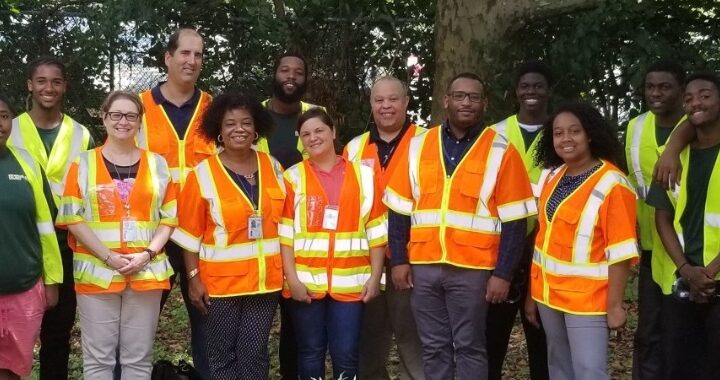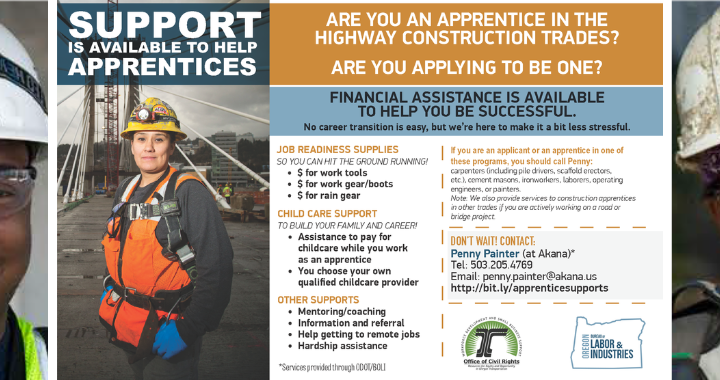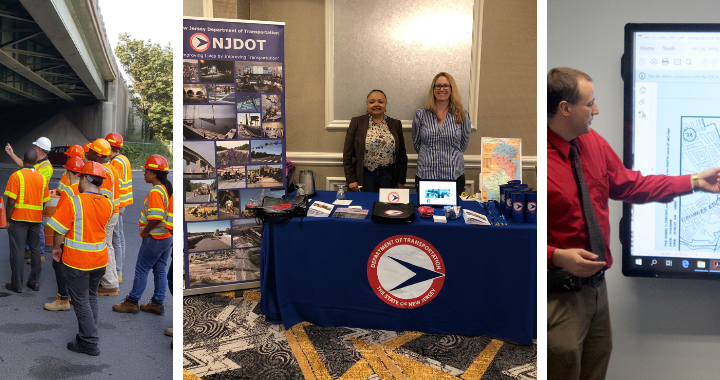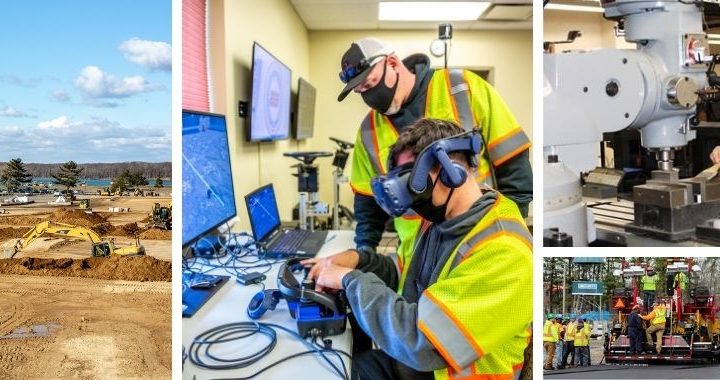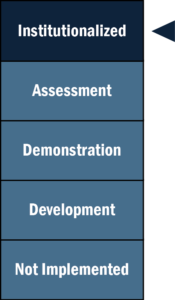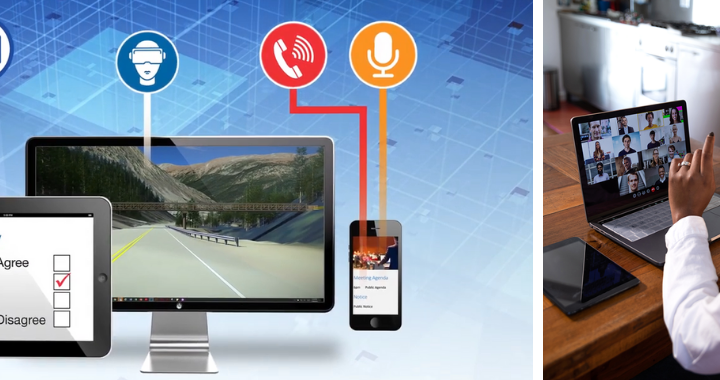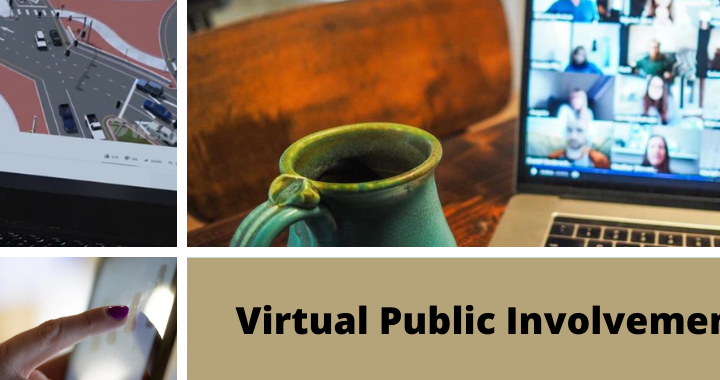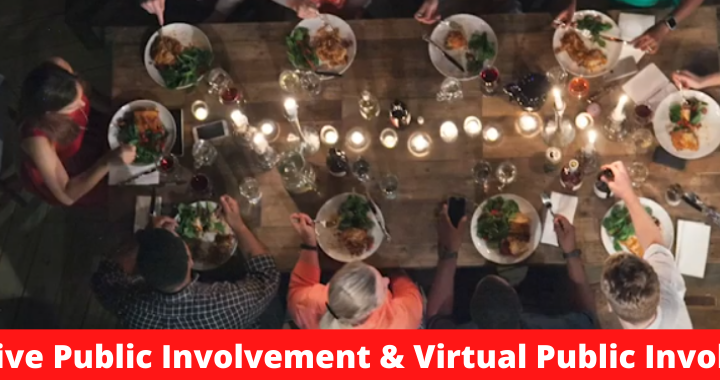What is Strategic Workforce Development (EDC-6)?
The demand for highway construction, maintenance, and operations workers is growing while industry is experiencing a revolution of emerging technologies that will require new skills. To attract and retain workers in the contractors' workforce, new resources are available to help compete with other industries and demonstrate the value of a career in transportation.
 An Industry and Public Workforce Collaboration
An Industry and Public Workforce Collaboration
Government agencies, trade organizations, private agencies, and communities nationwide need new, collaborative approaches to meeting this challenge. The nation depends on the highway system, and the highway system depends on qualified workers.
Additionally, increasing the contractors' construction workforce can help communities thrive while solving one of today's most persistent national transportation problems. It also offers an opportunity to recruit minorities and women to jobs that can change their lives, and the lives of their families, for the better.
Benefits
Effective Solutions. Advancing the lessons learned through the highway construction workforce pilot offers the transformational ideas and support needed to fill the gaps in the workforce.
Proven Training. Training programs, practices, and tools from across the country are available to help plan workforce development activities.
Flexibility. Free materials are available to support workforce marketing efforts. Posters, flyers, mailer cards, and social media graphics can be customized with local contact information.
Learn more about this EDC-6 Innovation.
NJ Advances Strategic Workforce Development
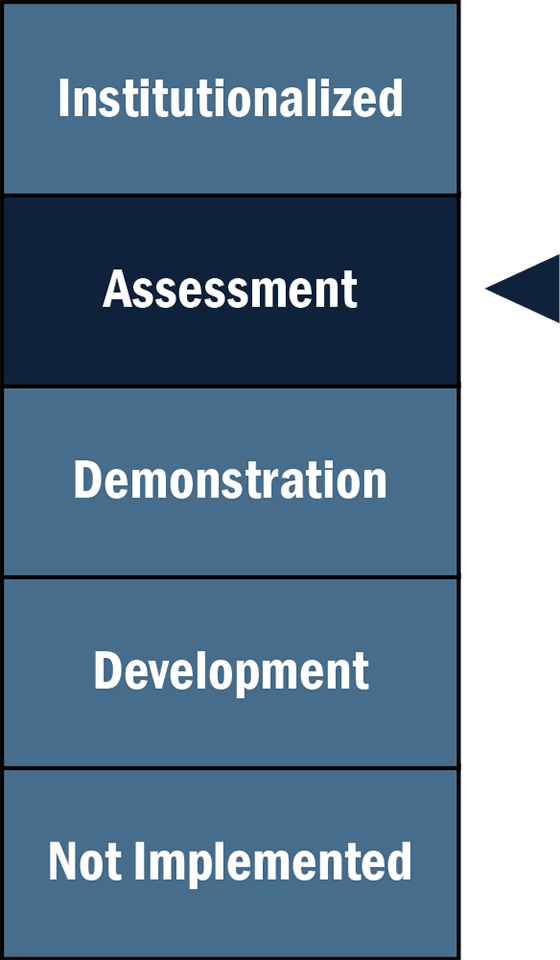
Stage of Innovation:
ASSESSMENT
(December 2022)
New Jersey is utilizing diverse strategies to develop the state's transportation workforce:
Apprenticeship Program. Has an operations apprenticeship program that is currently in the implementation stage. NJDOT has a one-year training program that includes testing as trainees move through the system.
Professional Programs. NJDOT has expanded outreach to draw attention to its professional series positions by partnering with high schools, vocational-technical schools, colleges and universities, community organizations, and the Department of Labor; working with under-represented communities of interest; expanding its social media presence; and building its pipeline and knowledge base that allows growth into the journeyman title.
What's Next?
In September 2021, NJDOT participated in an FHWA pilot, Let’s Go! Workshop. In this 2-day workshop, NJDOT participants developed a Mission Statement – “To create career opportunities for a diverse workforce in terms of disciplines, demographics, and career levels in order to meet the demands of the transportation skills of tomorrow". The workshop participants defined a set of priority actions, including: Industry Association Outreach; Goal, Measures, Timeline, Buy-In; Regular Meetings and Follow-up Actions; and College/University Outreach.
Since then, NJDOT has continued to seek partnerships with national and local organizations to support hiring efforts and to acquire best practice information. The NJDOT Civil Rights programs has sought to perform outreach in underserved communities and pursue a NJDOT leadership training effort. NJDOT is also exploring potential development of a training program for construction inspection/maintenance.
During this period, interviews were conducted with HR staff about early stages of institutionalizing an apprenticeship program. Engagement activities were held to facilitate connections with Industry Association and Higher Education Institutions (e.g., Union, Workforce Development Boards and County College).
The Strategic Workforce Development Working Group convened to formulate a Department-Wide Mentorship Program; identify Emerging Skillset needs with Partners; and continue Industry Association and College/University Outreach activities. Research into best practices for identifying emerging skillsets and incorporating these considerations into mentoring programs could assist the advancement of this initiative.
Strategic Workforce Development: NEW & NOTEWORTHY
Strategic Workforce Development Online Recordings & Presentations
Strategic Workforce Development: A Follow-Up Conversation with Hudson County Community College and the International Union of Operating Engineers Local 825
Exploring Strategic Workforce Development: NJDOT’s Youth Corps Urban Gateway Enhancement Program
Exploring Strategic Workforce Development – Model Programs, Partnerships and Lessons from Oregon
Exploring Strategic Workforce Development: An Interview with NJDOT’s Human Resources
Exploring Strategic Workforce Development in NJ: An Interview with the IUOE Local 825
- 1
- 2


